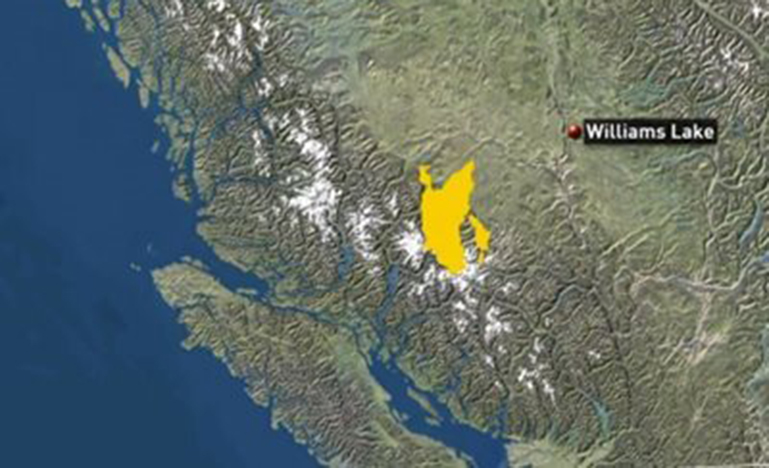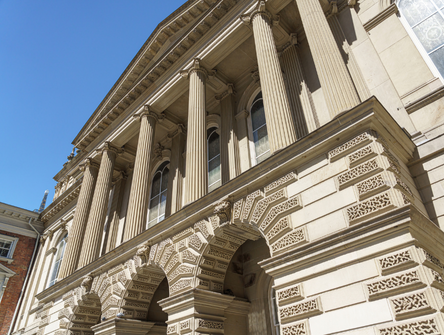The Tsilhqot'in ruling
The SCC has confirmed the Aboriginal title of the Tsilhqot'in Nation over stretches of BC Crown land. How will Ottawa and the provinces react?

Just a day after the Supreme Court acknowledged the Tsilhqot’in First Nation ancestral claim to a huge parcel of prime British Columbian land, three dozen lawyers gathered in Ottawa for the CBA’s National Constitutional and Human Rights Conference.
Hot on the heels of the unanimous decision, and in the shadow of a controversial year for the top court, the conference proved a well-timed affair.
During the morning’s Aboriginal law panel, McCarthy Tétrault counsel René Morin and longtime lawyer Marvin Storrow explained the legal underpinnings for the Tsilhqot’in decision.
“In my opinion, Chief Justice McLachlin and the Court got it right,” Storrow said.
Storrow is no stranger to the claims made in the Tsilhqot’in case, given that he served on counsel for much of the cases cited in the Supreme Court’s decision from last week.
One of the most notable was R. v. Guerin where the Musqueam Band challenged a 416 acre lease between themselves, though signed on their behalf by the Government of Canada, and a nearby golf course. As Storrow explained, the government intentionally undervalued the land and stuck the First Nation with an unfair lease. When confronted with it, in court, the Crown invoked political trust as a defence — essentially, Storrow explained, “if you don’t like it, don’t vote for us.” Ultimately the Court rejected the argument, and the decision marked a crucial recognition of the potential for Aboriginal title to ancestral lands, establishing the Crown’s fiduciary duty to First Nations.
Storrow also served as counsel for Ronald Sparrow in front of the Supreme Court in 1990. In R. v. Sparrow, he argued that Section 35 of the Constitution should be read to include the historical fishing and hunting practices of First Nations. He won that case, and it served as the basis for virtually every First Nations ancestral claim since.
The two cases were heavily cited in the Tsilhqot’in decision, which explains why Storrow and the other panellists were less than surprised by the ruling.
“This decision didn’t just happen,” said Arthur Grant, of Grant Kovacs Norell, who was moderating the discussion.
Morin ran through a more critical approach to the land claims. He explained the three prevailing theories on the claims: a minimalist approach, that ancestral rights do not in and of themselves confer property or land rights; a broader conceptualization, where article 35 is a constitutional declaration of those rights that is not minimized by section one of the Charter; and a compromise, whereby those rights need to be checked by section one and proven by a test of the court.
Evidently, he points out, the Supreme Court has sided with the third option.
In the test set out in the Van der Peet trilogy — R. v. Van der Peet, R. v. N.T.C. Smokehouse Ltd. and R. v. Gladstone. — the court laid out the distinction between ‘title land’, allowing First Nations to lay claim to the land itself, and ‘right lands’, where they only certain right to practises, like hunting and fishing.
As Morin pointed out, to prove a title land, a First Nation must prove exclusive and uninterrupted inhabitance of the land, whereas for rights land, the nation doesn’t need to prove exclusivity.
Morin said the obvious problem is proof — proving centuries of exclusive and continuous ownership and habitation is no easy feat, hence whey it’s never been done before. Until last week.
“It’s the first time that the Supreme Court of Canada, in white and black, said this First Nation proved [exclusive] ownership of the land,” he said.
Previously, he said First Nations have failed to prove that exclusivity, and have won the “consolation prize” of getting rights land.
Morin said the challenge now falls onto the government as to how it plans on dealing with the First Nations who can prove their title to the land, especially those without treaties. And then there’s the question of trying to run development projects — like pipelines — through these lands that could be claimed as right lands.
“If First Nation rights, ancestral rights, and land rights fall under federal authority exclusively, how will the provinces — which deal with resources development — face the music?” Morin said.
But Storrow said that while last week’s decision may be hugely significant, there’s still a ways to go, towards recognizing First Nations’ ancestral rights.
“I don’t think we’re finished yet, but we’re making progress. And the courts should be thanked for that,” he said.


